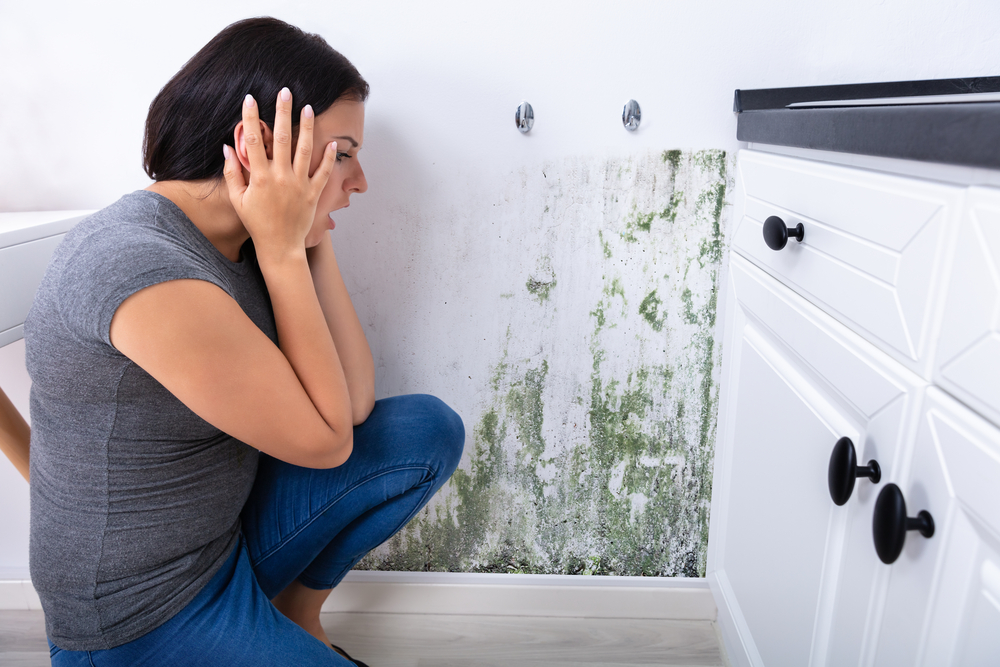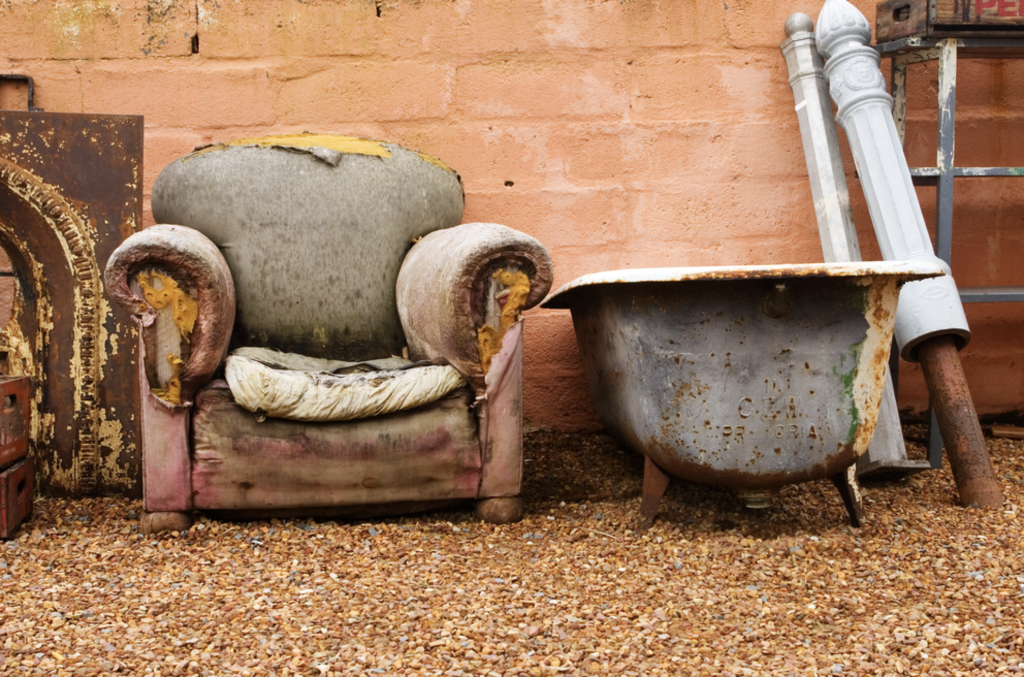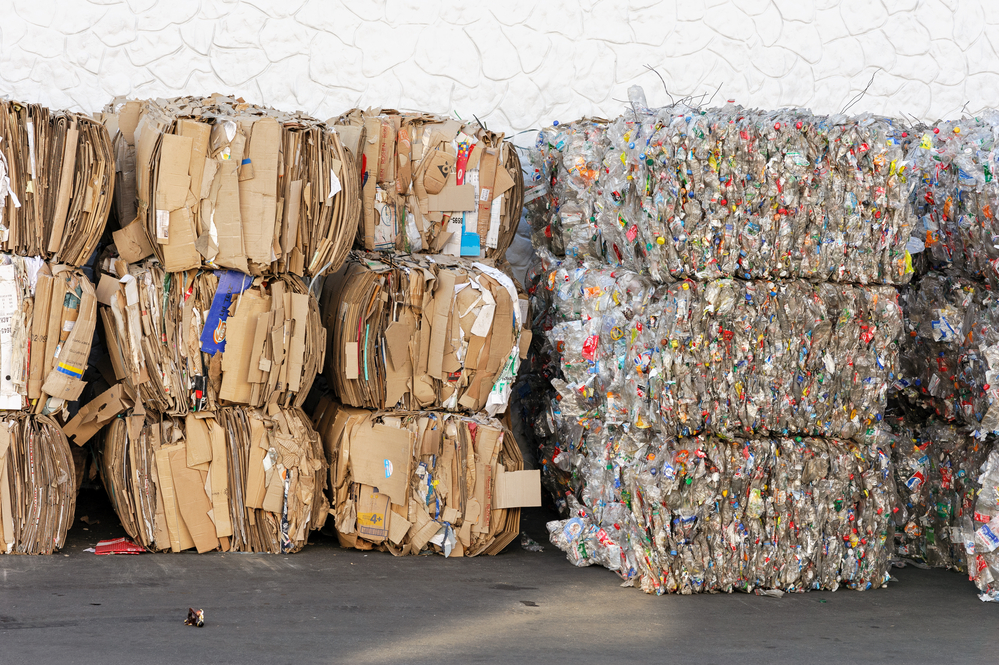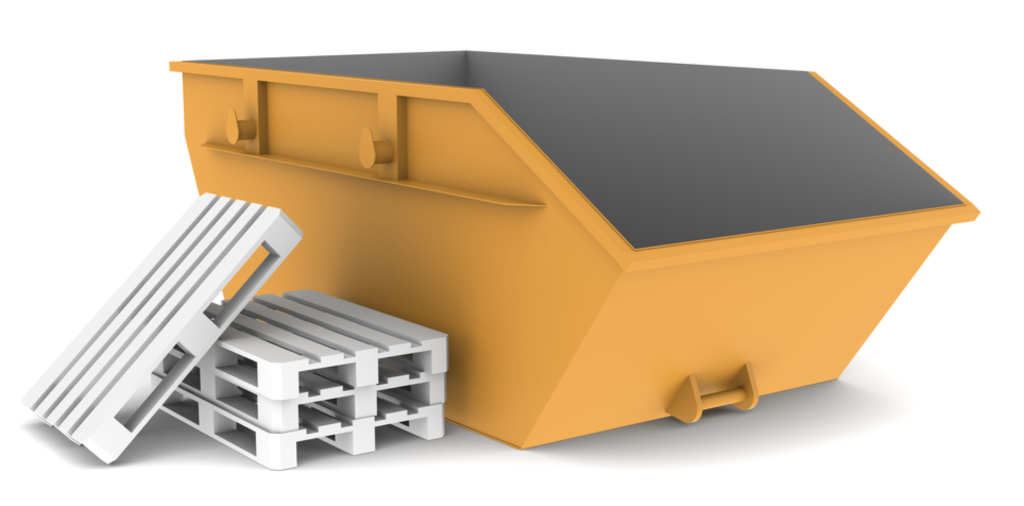Sharing is caring!
Team members have had several readers ask about mould in homes, its potential dangers and how to get rid of it. On consulting a specialist, here are some insights for our readers.
A few brief facts on mould…
Nothing is more natural than mould. Mould is a fungus and there are thousands of different moulds on the planet. Like all living things, mould needs moisture to grow and survive. Outside in nature moulds job is to digest and breakdown natural vegetation. As a rule of thumb, mould outside of the home is good, mould inside the home is bad.

How does mould from the outside get inside your house?
Mould releases thousands and thousands of microscopic spores that easily float through the air and into a home through open windows and doors. It also enters the home or apartment by people and pets who track these spores inside. Tiny mould spores are impossible to keep out of your home. What really determines if mould will grow in your home is one key ingredient, and that’s moisture.
Mould spores, a food source, plus moisture, equals a lot of mould growing in your home. Mould finding their way indoors likes to eat paper & wood products. Some even the glue that holds paper and glue together! Mould also likes to eat building and finished materials. Many of our possessions can serve as mould food if moisture is added to even furniture, clothing and toys. Mould can grow on just about anything if it stays wet or damp.
One of the most common problems affecting indoor air quality is mould. So many people have mould in their house, and everyone wants to keep themselves and their family members safe from it. Mould is ubiquitous, meaning that it’s everywhere and we are constantly breathing it in. However, when you have a moisture event like a flood, heavy rain or a leak in your home, they are drawn to it because that’s what they feed off of.
When mould grows inside your home, it’s unsightly, as it smells and if left untreated it can do sever damage to your property and can have a big impact on the resale value of your home.
Persistent exposure to mould in the home can lead to irritated eyes, ongoing nasal congestion and sinuses initially. Ongoing mould can lead to more serious symptoms such as asthma and upper respiratory infections.

Mould affects people differently!
One person in the home may not be effected by the mould that has slowly travelled up the wall, whereas another person in the home could be severely affect. The best approach to mould is to treat is as if it could harm the entire family, because you don’t want a situation where someone could get sick months later.
Mould Prevention
The first rule of mould prevention is to keep the home or apartment dry. If there’s no moisture, then there’s no way for mould spores to grow.
There are five general ways for moisture to accumulate inside a house or apartment:
1/ Rain can invade your home through leaks. Roofs leak, window leaks, door leaks.
2/ A wet crawlspace under a home can add a whole lot of moisture to your home as damp air rises through cracks around plumbing and wiring in the walls.
3/ Plumbing leaks inside the home are another unwanted water source.
4/ Be sure to check for leaks or condensation coming from drainpipes, washing machine supply hoses.
5/ A significant source of moisture comes from within the home itself. From people and their everyday activities. Every time we exhale we are adding water vapour to the air. So can taking a shower, running the dishwashing on or boiling water on the stove.
The best way to prevent water from entering your home is to do regular visual inspections to identify issues early.
Relative Humidity
The amount of moisture in the air is called relative humidity. When moist air comes in contact with a cool surface it condenses back into liquid water. That’s what causes the outside of your favorited beverage to sweat when it’s humid outside. Inside your home it’s easy to see moisture condense on a window but not so easy to see on a cool bedroom wall. Most people don’t notice the condensation on the wall until the mould starts growing. Using humidity gauge in your home can tell you how full the air is with moisture. You can find a humidity gauge in most electronic stores. In general 30-50 humidity is a healthy range for your home. The higher the relative humidity the more likely you’re going to get to condensation that can lead to mould. Mould can grow out of sight behind furniture placed against a cool exterior wall, or under carpet and padding.

Ventilation
Proper ventilation is key. Bringing fresh outside air into your home lets the moist inside air leave your home. Moisture can also be controlled with good bathroom fans and kitchen range hoods. Using exhaust fans in kitchens and bathrooms will capture and remove large sources of moist air before it can escape into the house. A simple test for your fan is to see if it can hold up a piece of tissue paper. Letting a bathroom fan run until the bathroom is dry is essential. It will also assist if you briefly open all your windows to allow outside air to flush out stale moist air trapped inside a bathroom or kitchen.
Final Thoughts
The first step in getting rid of mould is to see what caused the mould and fed it. The next step is to decide if you clean or discard the mould, and that really depends. Slick surface items can probably be thoroughly washed clean. Porous items may need to be cut out and thrown out. If you’re not sure about you’re sensitive to mould, it’s a good idea to consider professional mould removalists. For small amounts of mould on slick surfaces, you can mist with soapy water then scrub it off. Bleach isn’t recommended. If you smell mould, but don’t see it, you may need to get aggressive with your inspection or call a professional.
If you are in Sydney, the team recommends you contact Balanced Building Biology who are experts in mould in home and business locations.

Balanced Building Biology are Sydney based and have experienced building biologists that offers a range of assessments including mould inspection and mould testing, EMF testing, virtual assessments for environmental hazards.
They also carry out indoor air quality testing, water quality testing and lead (heavy metal) testing to assist home and business owners to create a safe and healthy environment.
To learn more about Balanced Building Biology visit the website here:




